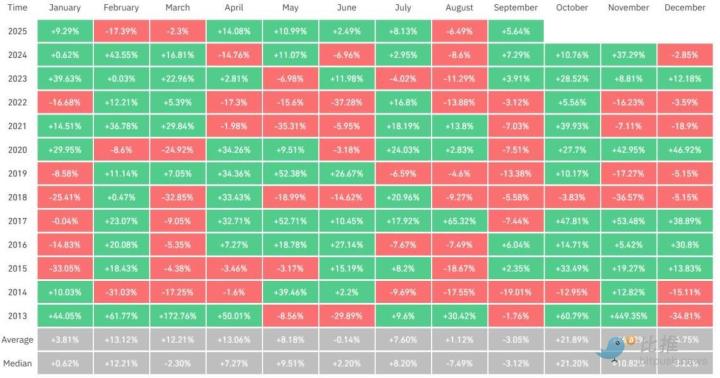Tether (USDT) and USDC, the two stablecoins boasting the world's largest market capitalizations, have been gradually losing market share over the past year. Despite market growth, the decline in market share for these two major stablecoins suggests a significant shift in the landscape.
According to data from DeFi data platforms DefiLlama and CoinGecko, the combined market share of Tether and USDC has decreased by more than 5% since October 2, 2024. Analysis suggests that while both have successfully expanded their deposit assets and steadily increased their market capitalizations, their share of the overall stablecoin market has actually decreased.
In response, Nic Carter, a crypto analyst and partner at Castle Island Ventures, posted a post on X (formerly Twitter) titled "The Stablecoin Dominance Is Collapsing," diagnosing the changing market structure. He predicted that the rise of interest-bearing stablecoins would weaken the dominance of existing issuers, and that existing financial institutions, such as banks, could also emerge as competitors.
Tether and USDC's market dominance peaked in March 2024, when the total stablecoin market capitalization reached approximately $194.6 billion (approximately KRW 270.494 trillion). At the time, Tether had a market capitalization of approximately $99 billion (approximately KRW 137.61 trillion), while USDC had a market capitalization of $29 billion (approximately KRW 40.31 trillion), representing a combined market share of 91.6%. This comparison to today demonstrates the absolute power of the two major players at the time.
However, the stablecoin market is gradually diversifying with the influx of new players and the emergence of a variety of new products. Interest-bearing stablecoins, in particular, are emerging as attractive alternatives for institutional investors and are partially replacing the roles of existing issuers. This signals a warning that the declining market share of Tether and USDC may not be a temporary phenomenon in the long term.
Market experts believe these changes go beyond simple restructuring and could impact the future functions and policy positions of stablecoins. At this juncture, where hegemony is shifting, changes in the strategic behavior of market participants are also inevitable.
Get real-time news... Go to TokenPost Telegram
Copyright © TokenPost. Unauthorized reproduction and redistribution prohibited.








